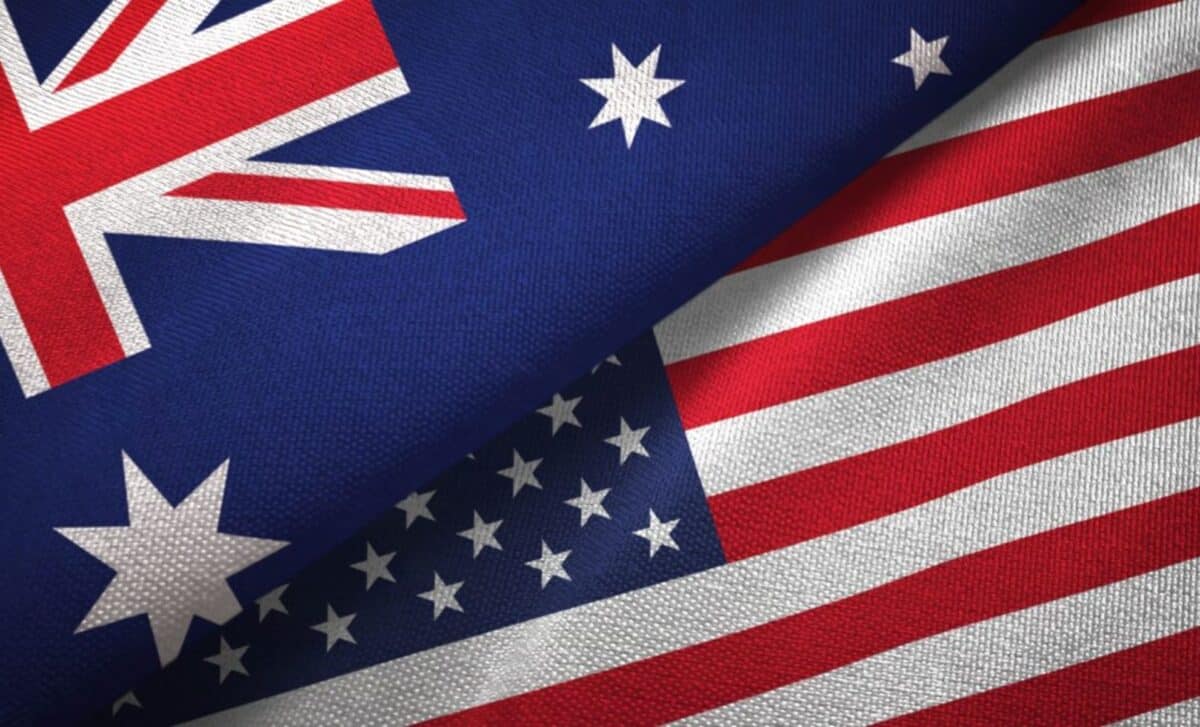Australian businesses are grappling with rising trade barriers as escalating U.S.-China tensions take their toll. While Australia maintains a 10% tariff on goods entering the U.S., products manufactured in China face far steeper tariffs — with some now exceeding 100%.
This discrepancy is putting Australian exporters at a serious disadvantage, particularly those in the manufacturing sector. This situation is especially critical for small and medium-sized enterprises (SMEs) such as HeyDoodle, a Melbourne-based children’s toy company, and fashion brand Sea Level.
Both companies, along with others in similar positions, must navigate this complex landscape as they attempt to keep their products on U.S. shelves.
U.S. Tariffs and the Financial Strain on Australian SMEs
The trade war between the U.S. and China has created an unforeseen challenge for Australian companies with Chinese supply chains. According to Beatrice Toh, founder of HeyDoodle, the company is facing significant price hikes due to the tariffs imposed on Chinese-made goods.
As her company’s silicone colouring mats are manufactured in China, they are now subject to tariffs exceeding 100% — a cost increase that could push product prices well beyond what U.S. consumers are willing to pay.
HeyDoodle, which has spent almost a year preparing for its U.S. market launch, finds itself at a crossroads. “It’s definitely a curveball,” Toh admits, acknowledging the profound financial and logistical strain these tariffs impose.
With pricing set to soar, U.S. retailers like Barnes & Noble are likely to face a tough decision on whether to stock such expensive products.
This situation highlights the broader challenge for Australian exporters whose goods are caught in the crossfire of international trade politics. Despite Australia’s free trade agreement with the U.S., the specific tariffs on Chinese-manufactured products could render the agreement effectively meaningless, according to trade experts.
The Shift in Manufacturing Strategy
In response to the U.S. tariffs, some Australian businesses are exploring alternatives to Chinese manufacturing. Steve Philpott, owner of the swimwear brand Sea Level, is considering shifting production to other countries, such as Cambodia and even parts of Africa.
However, he notes the difficulty in finding countries that can match China’s competitive pricing and established supply chain.
While shifting production may seem like a viable option, it’s not without challenges. “China is literally the best in the world for what we do,” says Philpott, highlighting the difficulty of leaving behind long-term partnerships that have taken years to establish.
Some brands, including Sea Level, have also considered manufacturing in Australia, but the country’s declining garment industry and lack of capacity make this a complex and costly solution.
This shift also comes at a time when another significant change is on the horizon. The U.S. is preparing to eliminate the “de minimis exemption” for Chinese goods, which allowed products valued under $800 to enter the U.S. duty-free.
This new rule, referred to as the “Shein and Temu tax,” is expected to affect Australian businesses that ship directly from China to U.S. online shoppers, further complicating the trade landscape. The escalating U.S.-China trade conflict is proving to be a double-edged sword for Australian businesses.
While the current tariff system offers some relief to Australian-made goods, those with Chinese manufacturing face a tough future in the U.S. market. For many, the immediate concern is finding ways to absorb these added costs or pivot to new manufacturing strategies without sacrificing their market share.









